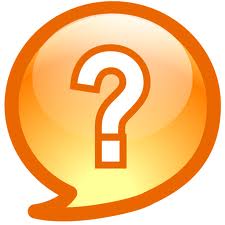 There is no sense in paying $1 to save 28 cents, right? At this time of year, we always get a number of calls from business owners exploring the idea of spending money on expenses their business doesn’t necessarily need in order to get a tax deduction.
There is no sense in paying $1 to save 28 cents, right? At this time of year, we always get a number of calls from business owners exploring the idea of spending money on expenses their business doesn’t necessarily need in order to get a tax deduction.
But when your business does eventually need to spend some cash, there is a case at this time of year for bringing that expenditure forward to achieve a tax deduction a year earlier.
The general rule is that expenses can only be claimed in the year they are incurred – regardless of whether you might meet the costs earlier. But there are some exceptions such as stationery, subscriptions to journals or periodicals, postage and courier costs, rates, road user charges and accounting fees.
But a potentially larger opportunity exists for the purchase of consumable aids.
Providing the cost of consumable aids on hand at balance date does not exceed $58,000, the cost of these may be claimed as a tax deduction in the year in which they are purchased – even if they are unused at balance date. The goods must be in possession of the business at balance date – and the deduction for expenditure must not have been deferred to a subsequent income year for financial reporting purposes.
So it’s easy to see the opportunity here to bring forward some expenditure that your business will have to incur over the next few months anyway – and potentially bring forward a tax deductible expense of up to $58,000. At the company tax rate of 28%, this effectively defers up to $16,240 of tax until the next year.
So what exactly are consumable aids?
Unhelpfully, the Income Tax Act does not define “consumable aids”, but here’s the IRD’s policy: The Commissioner considers that consumable aids are goods or materials to which all of the following criteria apply:
• They are used in any way in the manufacture or production of goods or services from which a taxpayer derives assessable income.
• They are wholly or almost wholly consumed in the production process, or become unusable or worthless after being used once in the production process, or are capable of limited repetitive use, or have a very short life.
• They are not component parts of a finished product, or goods acquired for further processing.
Examples of consumable aids are the chemicals used by a plastic manufacturer, the printer ribbons used by an accountant, and the fertiliser used by a farmer.
Generally speaking these are items or materials which will not become part of the goods or services produced by your business – but which are used in the production of these goods or services.
But be careful with this: as soon as you breach the $58,000 threshold, the entire concession is lost.
